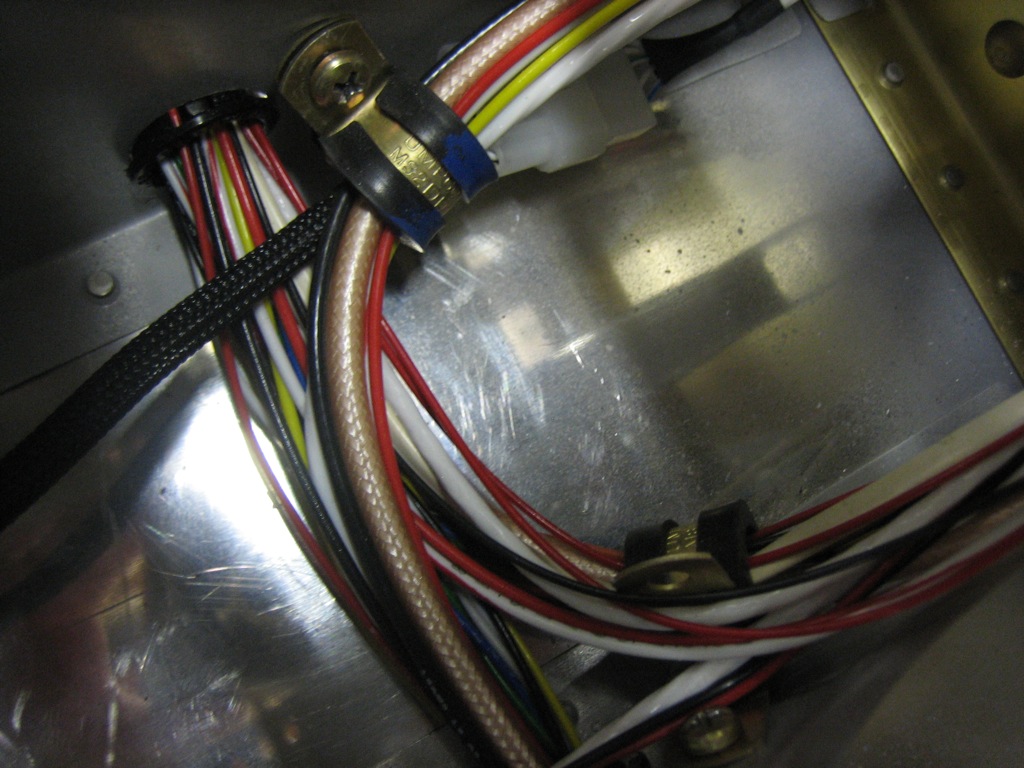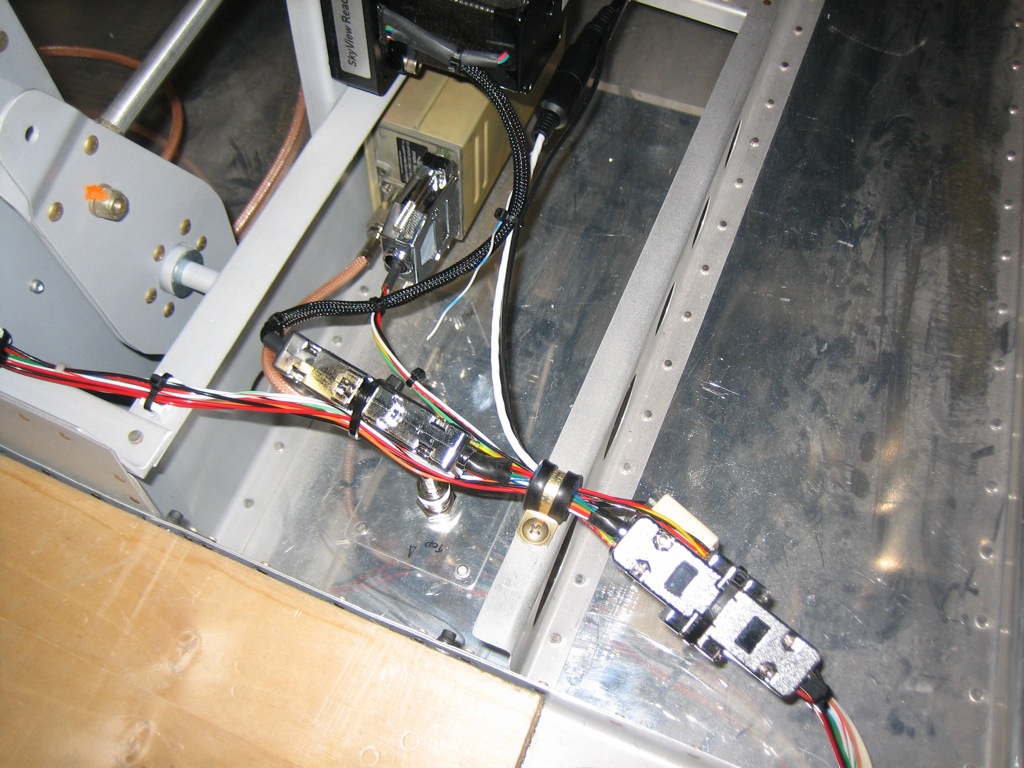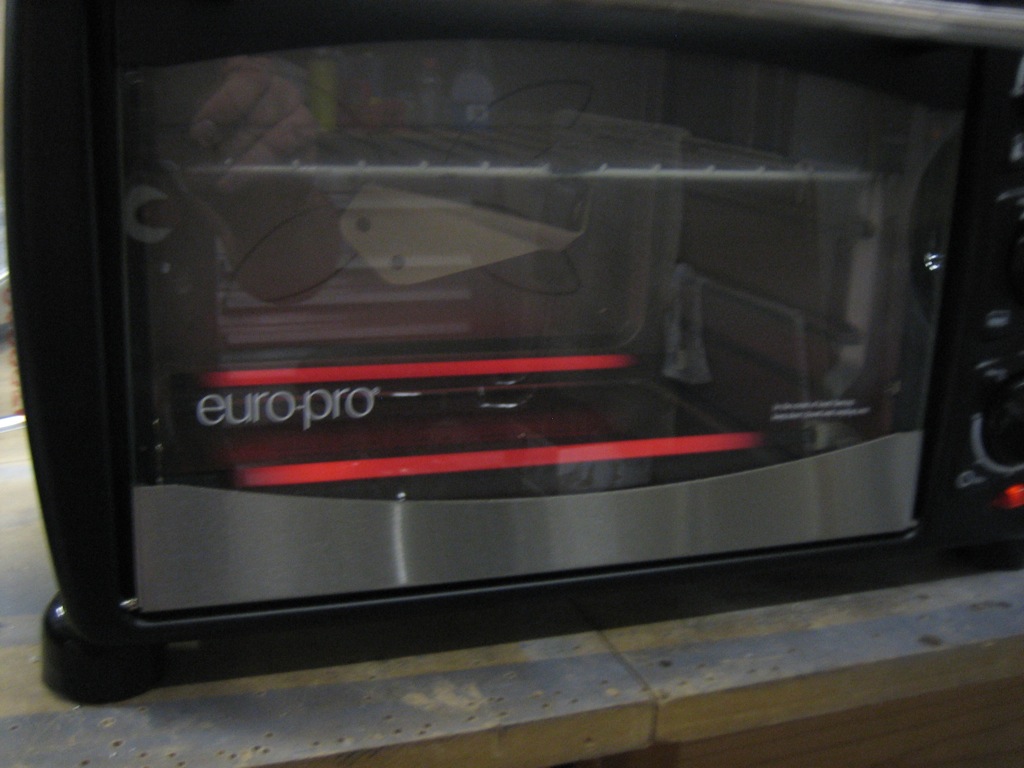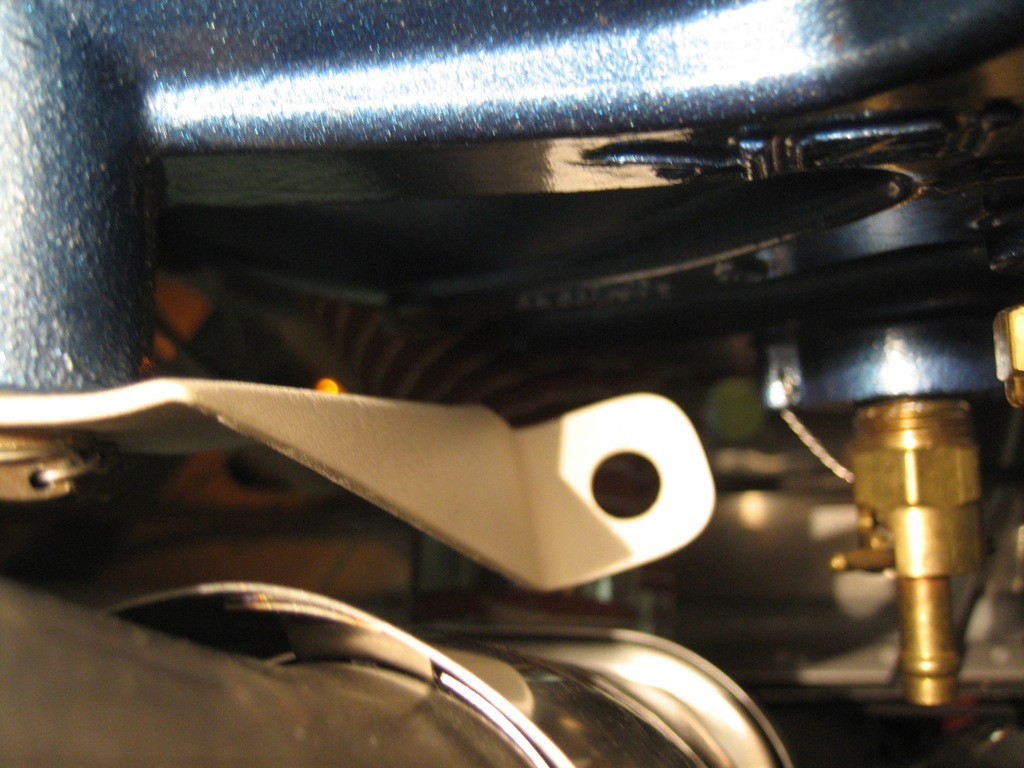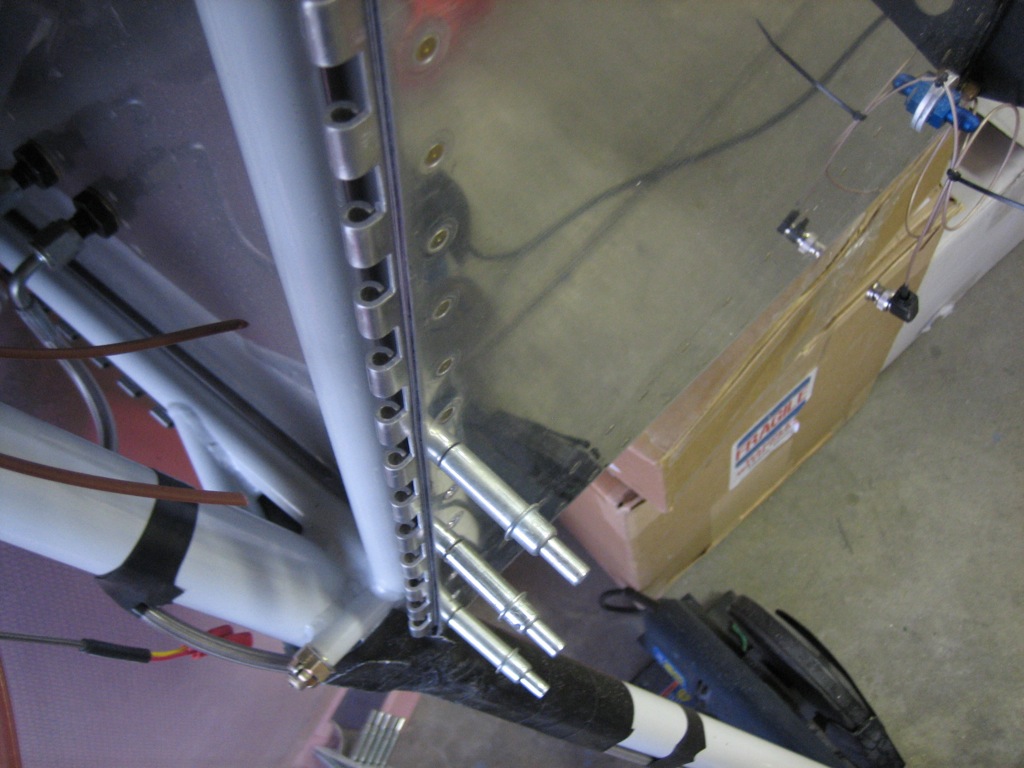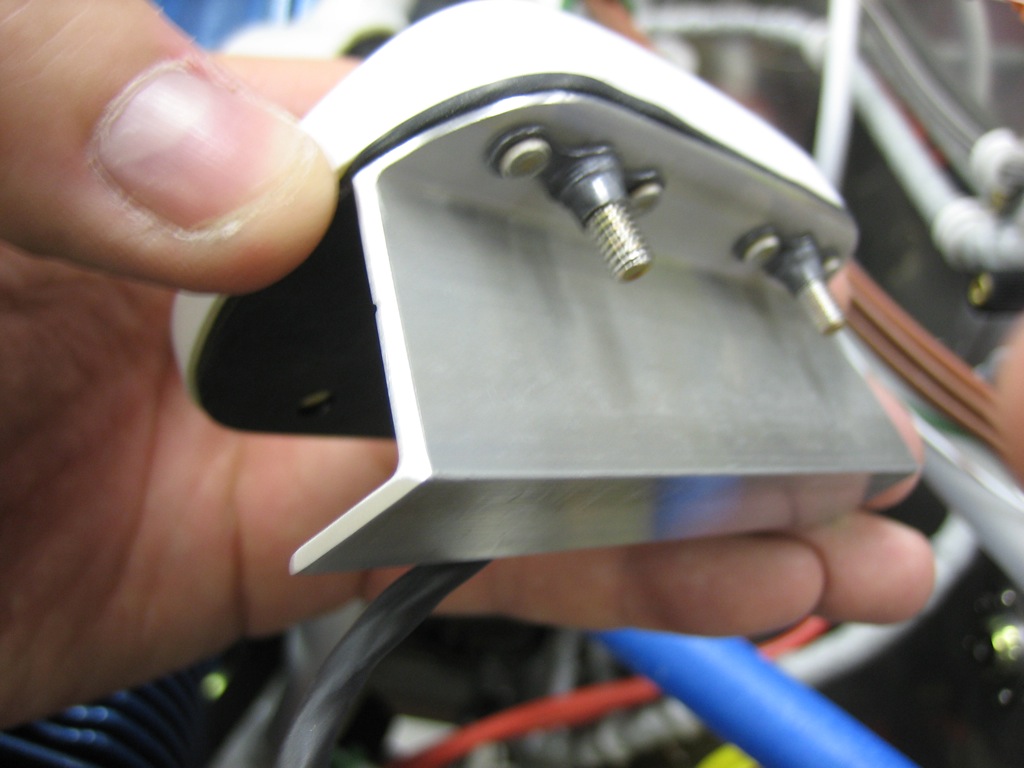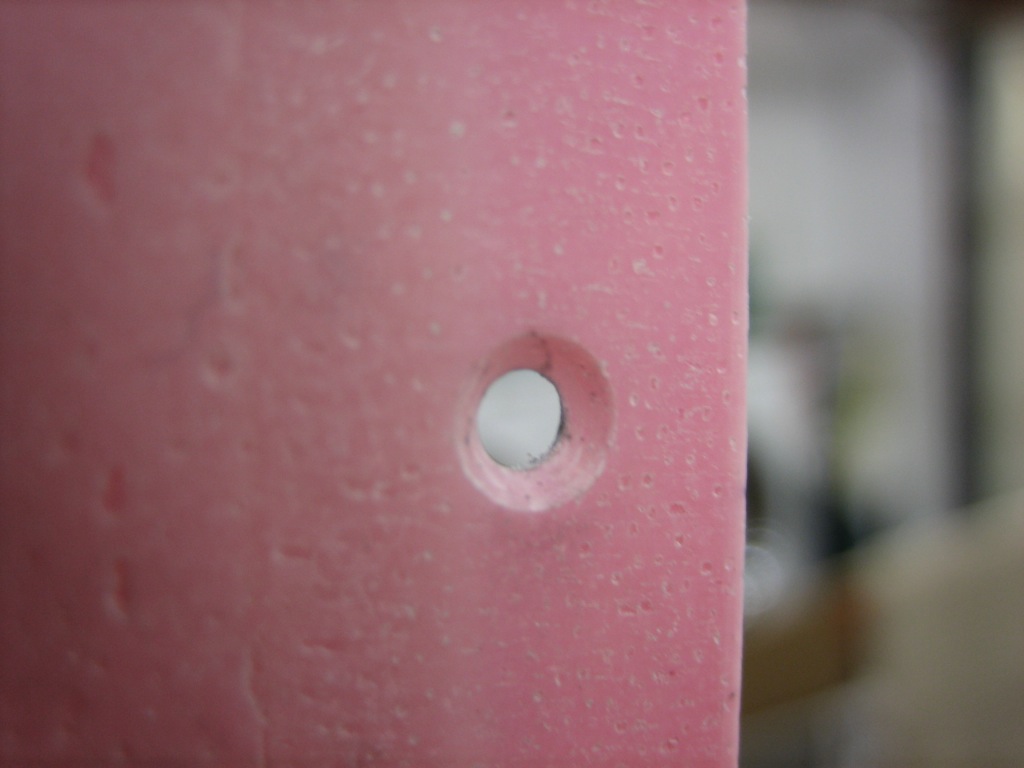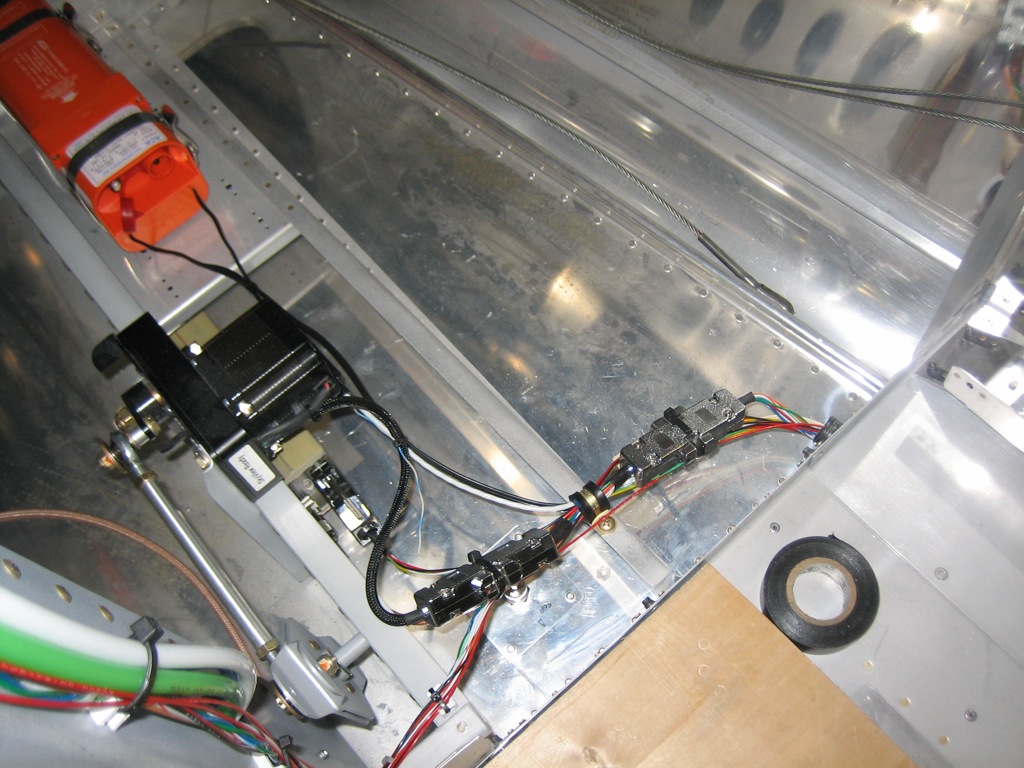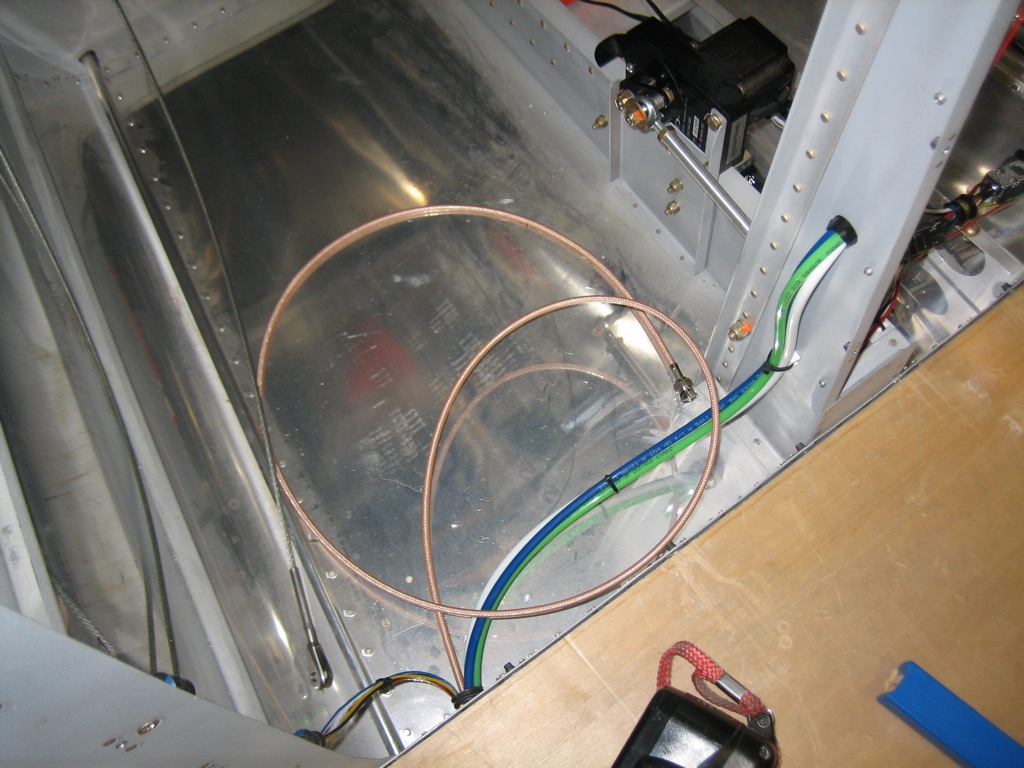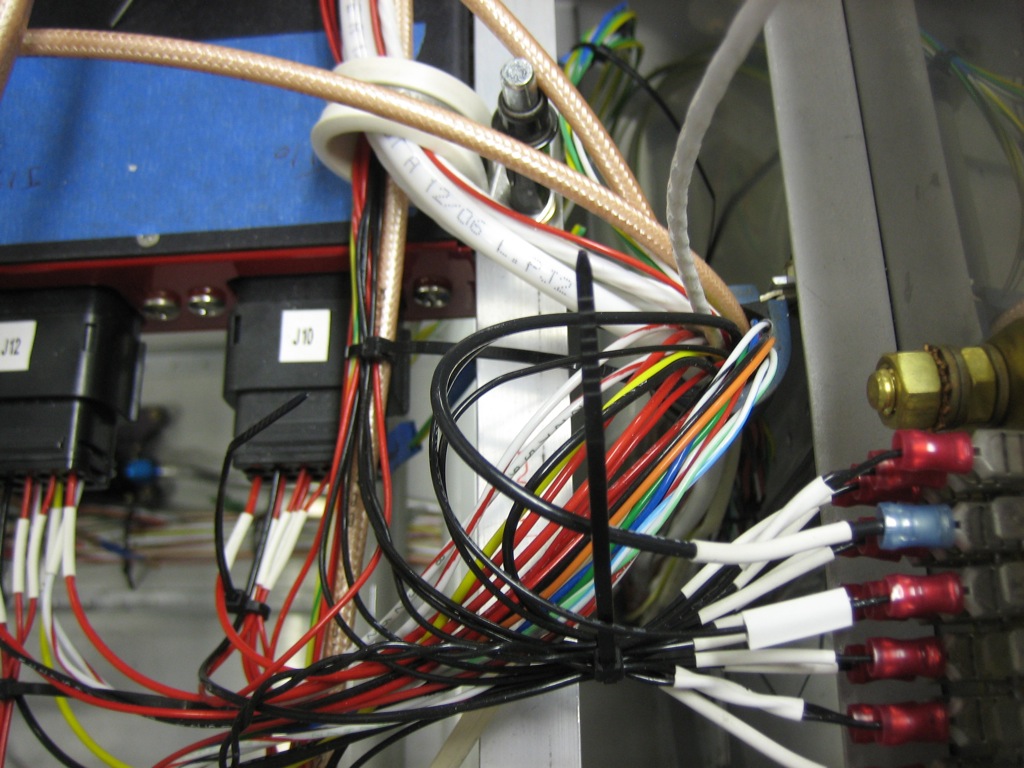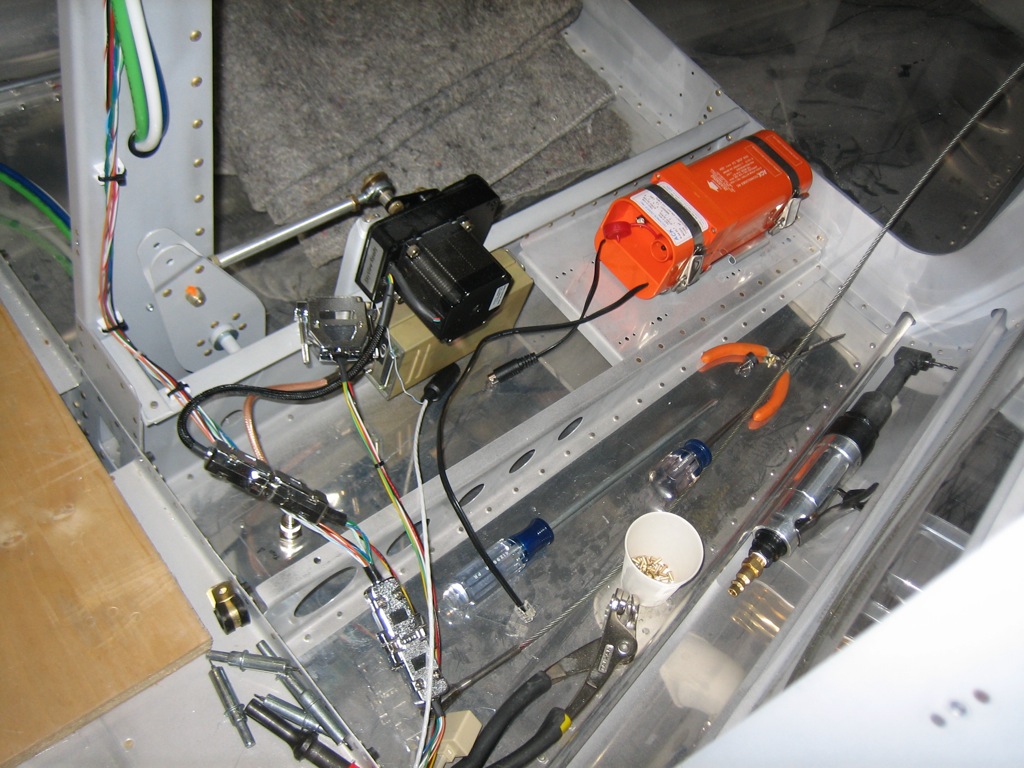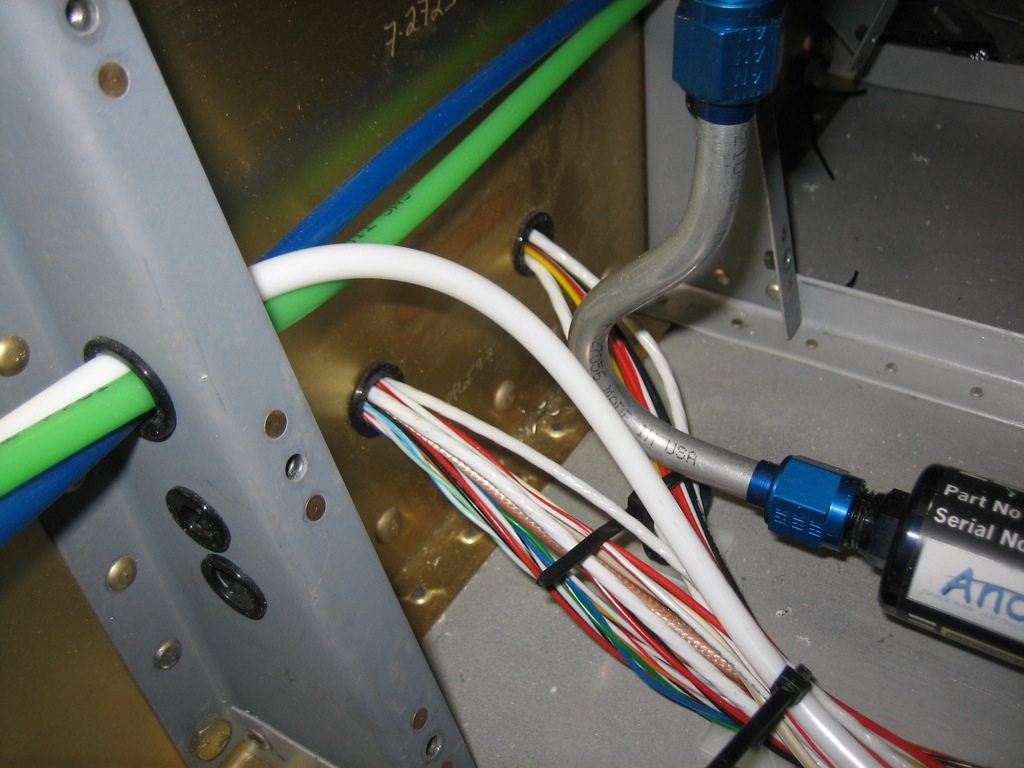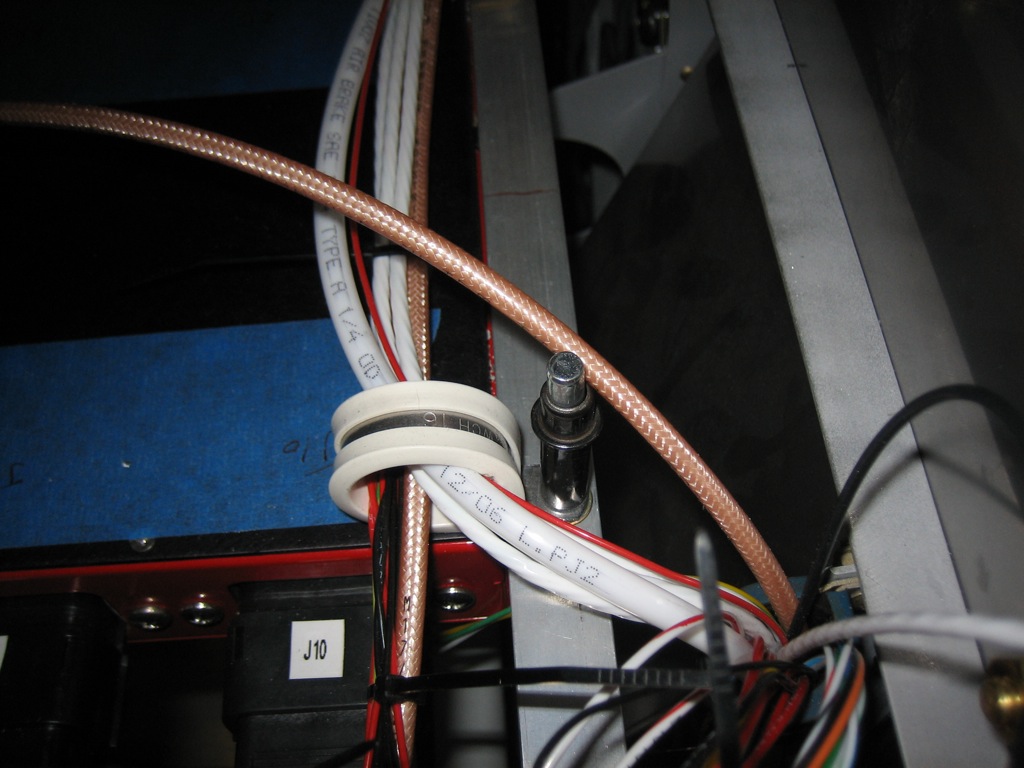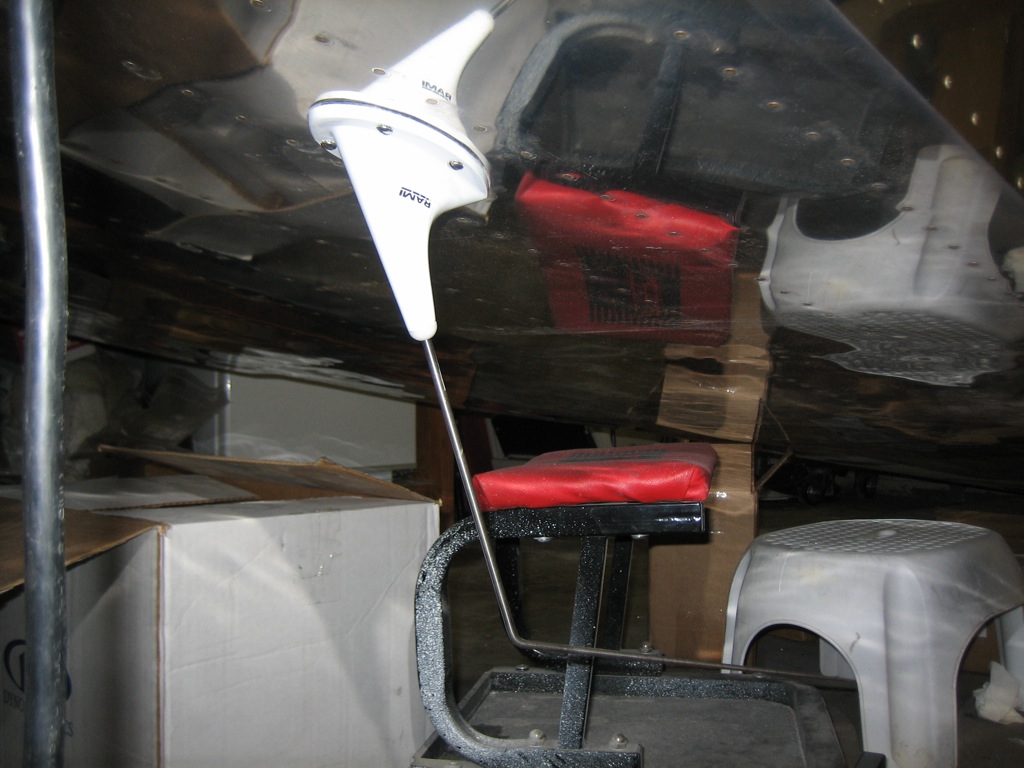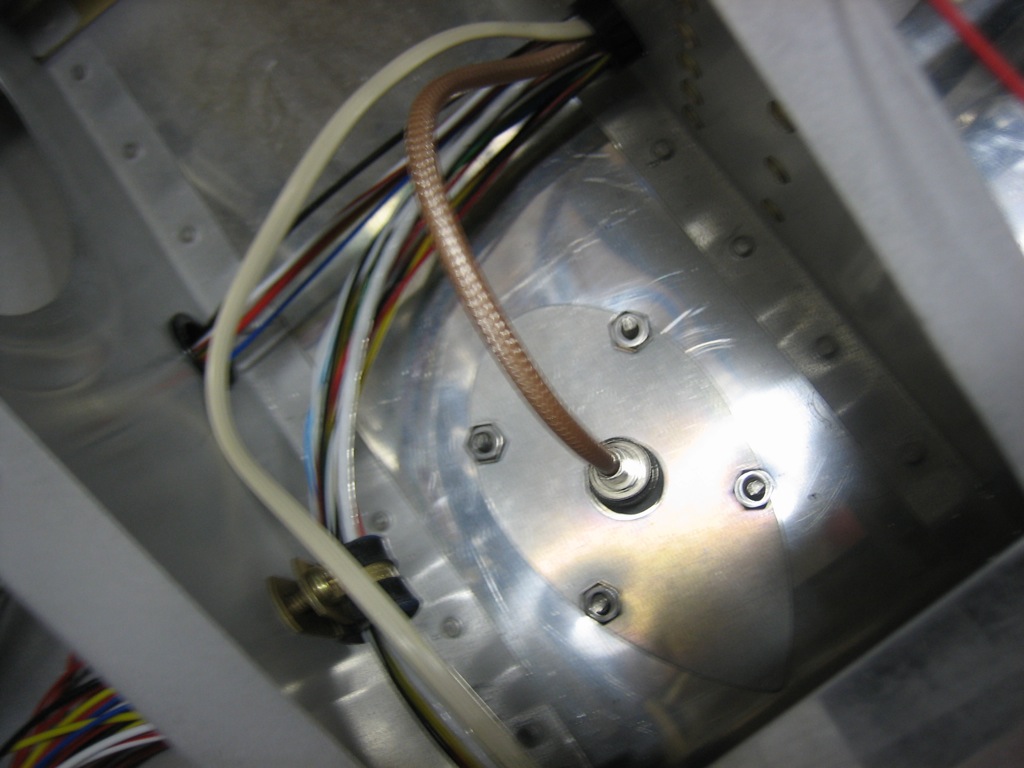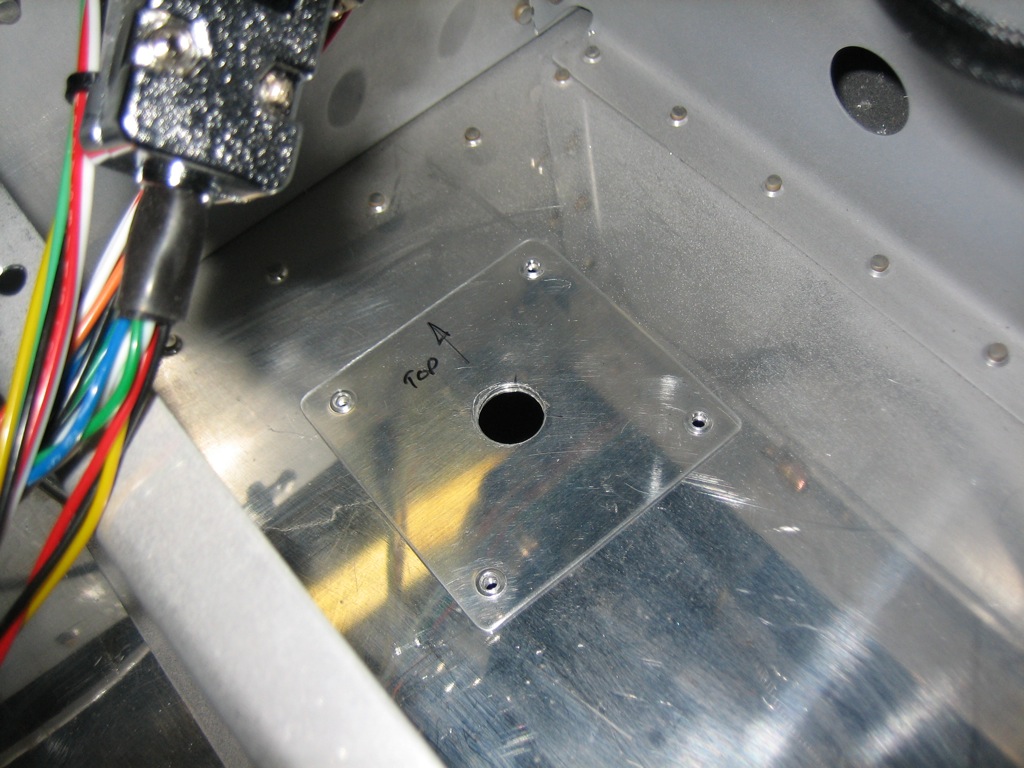I stopped by my avionics shop over lunch today and picked up the GA 35 antenna for my GTN 635. Dynon recommends installing any GPS antennas at least 1′ from the ADAHRS, and Garmin recommends installing the GPS antenna with at least 7.5″ ground plane all the way around the antenna. These two recommendations necessitated moving the antenna behind the F-707 bulkhead. I fabricated a doubler from 0.040″ aluminum that matches the outline of the antenna and then installed it to the fuselage.
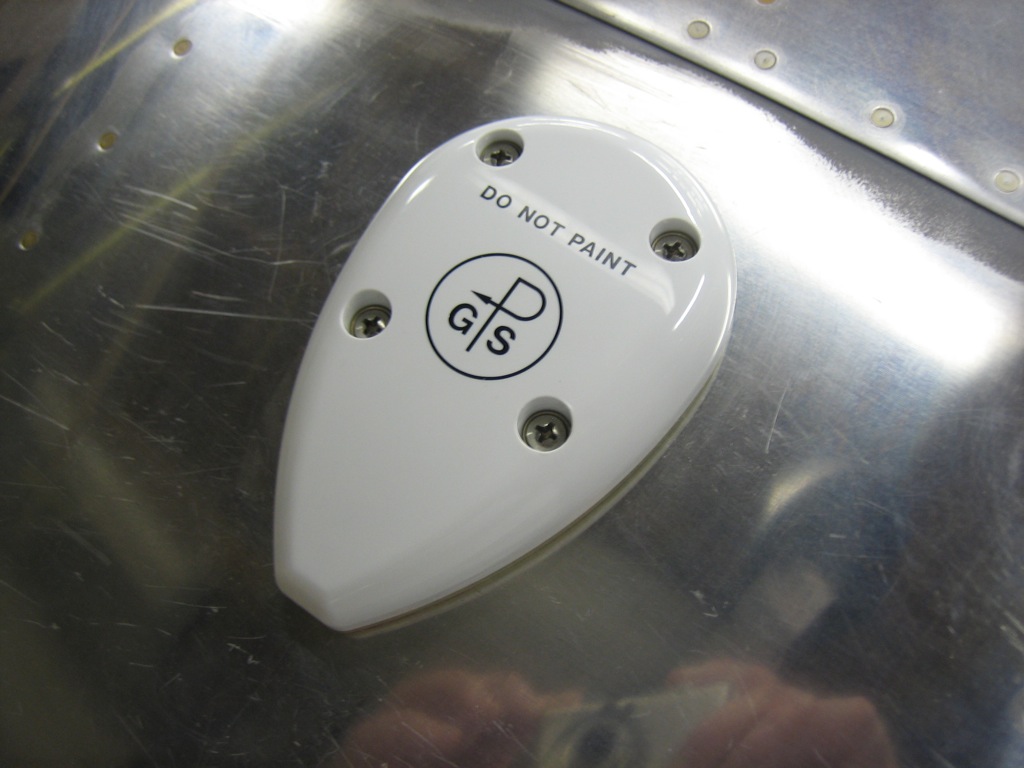
Here’s where the antenna is relative to the aft window. The ADAHRS is roughly under the aft edge of that piece of paper, putting it roughly 18″ from the GPS antenna.
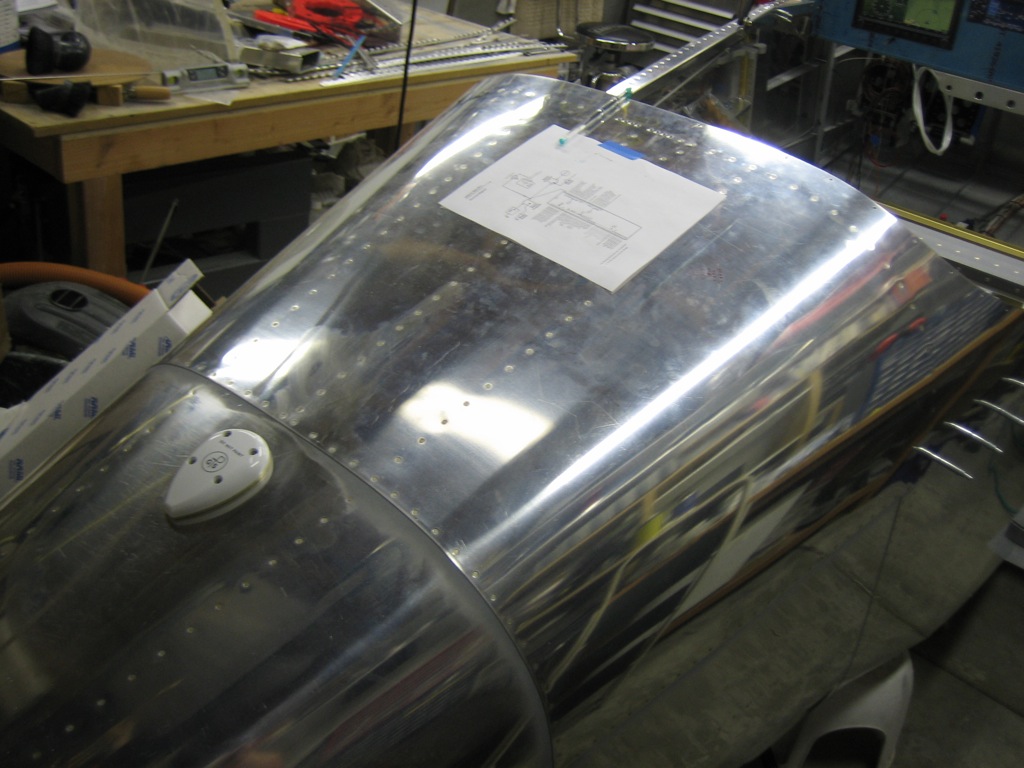
Afterward, I crimped on a TNC connector and ran the antenna cable along the underside of the upper rib next to the Dynon network cable.


